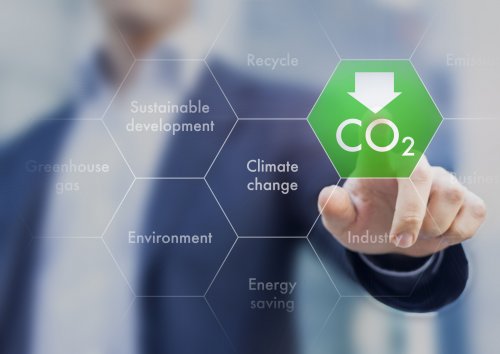A level playing field for all Member States, channelling revenues to decarbonization, correcting distortions caused by high electricity prices compared to gas prices, and establishing a clear regulatory framework should accompany the implementation of ETS2.
These necessary steps and challenges were discussed by policy makers, industry representatives and civil society groups at an implementation dialogue on the decarbonization of buildings and road transport organized by the European Commission.
The event provided an opportunity for 20 stakeholders – from heat pump and microcar manufacturers to building retrofit experts, fuel suppliers and NGOs – to exchange views, identify challenges and propose solutions for the roll-out of the EU Emissions Trading System for Buildings and Road Transport (ETS2 or ETS2) together with the new Social Climate Fund (SCF).
Most participants expressed support for the deployment of the ETS2 and called for its timely implementation without delay or revision. In particular, they emphasized the need for predictability and sending a strong market signal for decarbonization. Stakeholders also emphasized the importance of combining the ETS2 with the Social Climate Fund to protect vulnerable populations.
Challenges in implementing ETS2
While recognizing the potential of the ETS2, participants identified challenges related to political will and implementation, and agreed that the ETS2 alone will not be enough. They outlined the issues that need to be addressed before the full implementation of the EU Emissions Trading System for buildings and road transport:
- The need to create a level playing field for all member states to avoid market distortions.
- Stakeholders suggested that ETS2 revenues should be used to help decarbonize the covered sectors. For example, one participant emphasized the need to reinvest ETS2 funds in transport infrastructure and public mobility to support a viable transition for both end-users and workers.
- Measures should be taken to correct the distortion caused by high electricity prices compared to gas in many Member States. Dialogue participants noted that “the current electricity-gas price ratio undermines the economic viability of clean heating technologies.”
- The ETS2 should be complemented by supporting policy packages and a clear regulatory framework.
- The EU Emissions Trading System for buildings and road transport should be harmonized with other policies, such as the Energy Performance of Buildings Directive and the Energy Efficiency Directive.
The Innovation Fund should be a key opportunity to scale up the deployment of clean technologies.
Stakeholders have called for a predictable and transparent system for individuals, small and medium-sized enterprises, and local governments, especially for the SCF, to ensure the success of the ETS2 in both economic and social terms.
Recently, EcoPolitic reported that the European Commission and the European Investment Bank (EIB) are renewing the Project Development Assistance program, which will cover new sectors for decarbonization: maritime, rail, road transport, and buildings. The program will provide advisory assistance to initiatives that fall under the ETS2 emissions trading system.





